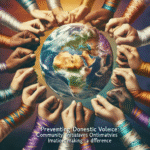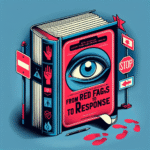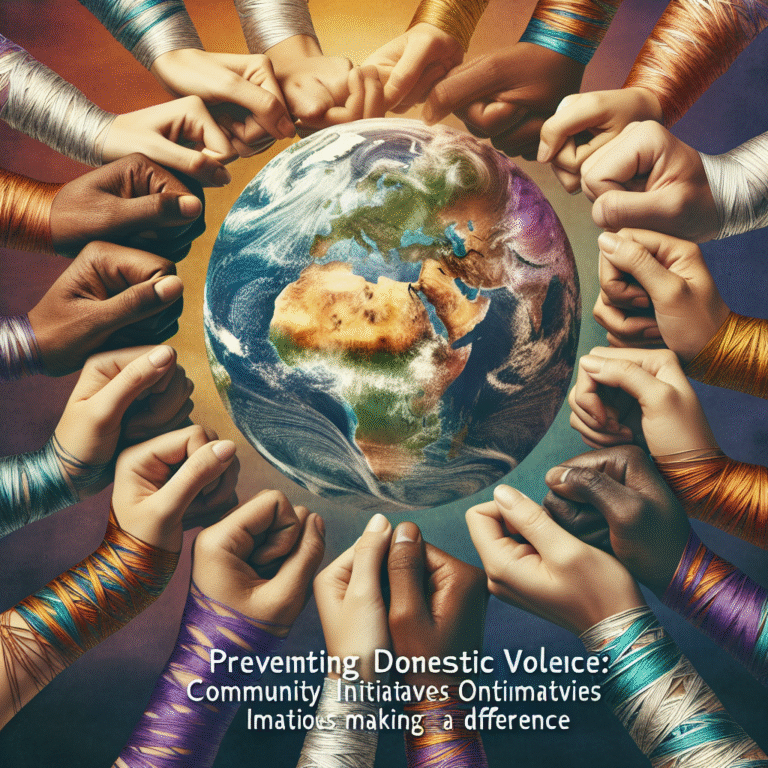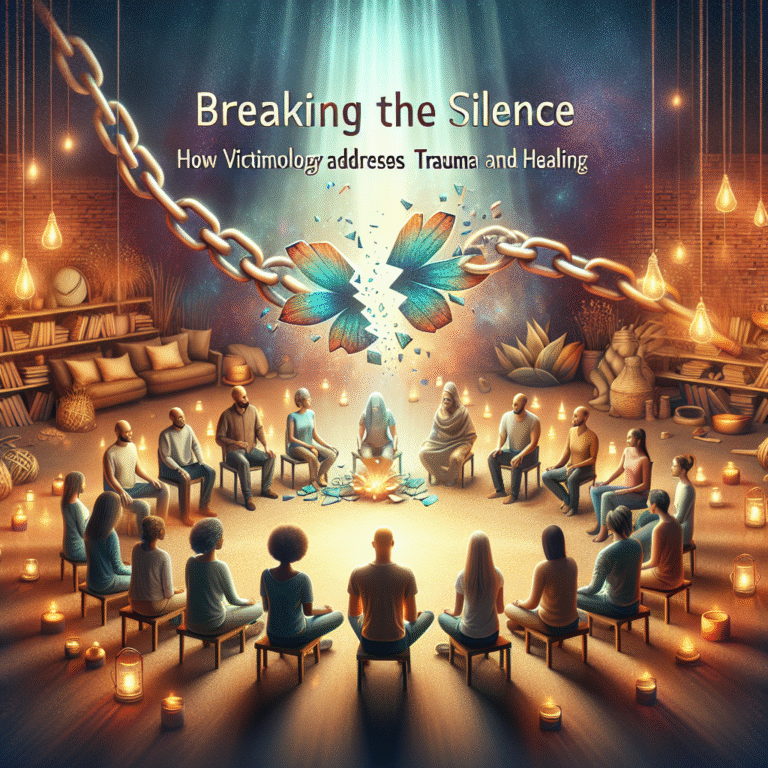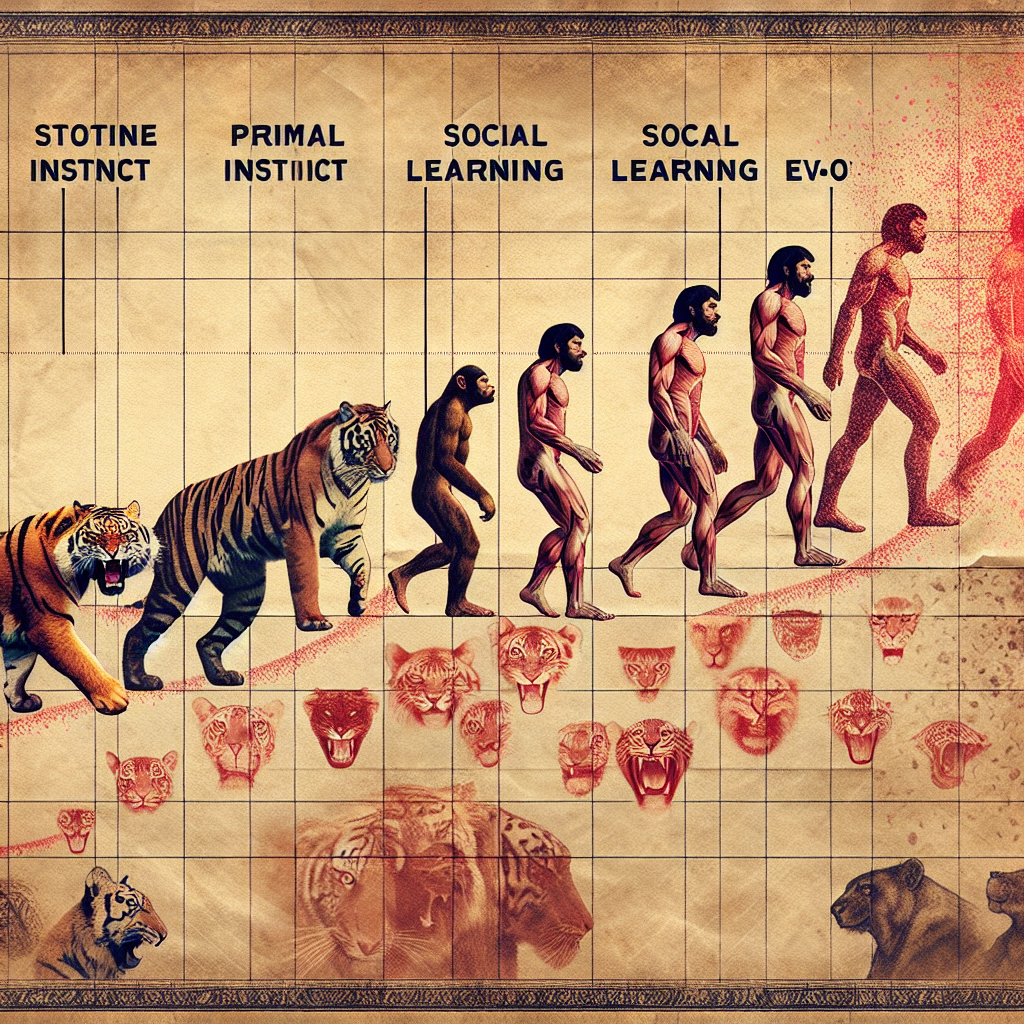
Introduction: A Tangled Web of Violence
In a world rife with conflict, understanding aggression isn’t just an academic exercise—it’s essential for unraveling the complexities of human behavior. The phrase "From Instinct to Social Learning: The Evolution of Aggression Theories" encapsulates a transformative journey through which ideas about aggression have evolved over decades. This article will explore how aggression theories have transitioned from rooted instincts to socially learned behaviors.
The Framework of Aggression Theories
Historical Context: The Roots of Aggression
Aggression has always been part of the human experience. Early theories often leaned heavily on instinctual explanations, suggesting that aggressive behavior is a natural response. Sigmund Freud famously posited that humans possess an innate "death drive" (Thanatos) that propels us toward self-destruction and aggression. This was a prevailing idea in the early 20th century but arguably oversimplified the complexity of human interactions.
Case Study 1: Freud’s Instinctual Drive
Freud’s ideas ignited much debate and set the stage for future theories. While some psychologists viewed aggression as a primal drive, others sought a broader understanding. Freud’s theories illuminated the psychological foundations behind violence but did not account for environmental influences, which later researchers began to explore.
Transitioning Theories: The Learning Perspective
By the mid-20th century, scholars such as Albert Bandura shifted the focus toward social learning. Rejecting the notion of aggression as purely instinctive, Bandura suggested that aggressive behaviors can be acquired through observation and imitation—what he termed the "Social Learning Theory."
Case Study 2: The Bobo Doll Experiment
In the Bobo Doll experiment, Bandura demonstrated how children mimic aggressive behavior they observe in adults. When exposed to a model behaving aggressively toward a doll, children were more likely to exhibit similar aggressive actions afterward. This experiment not only solidified the importance of observational learning but also illustrated that aggression could be socially constructed rather than instinctual.
Charting the Course: Evolution of Aggression Theories
| Theory | Key Proponents | Core Idea | Implications |
|---|---|---|---|
| Instinct Theory | Sigmund Freud | Aggression is an innate drive | Emphasis on biology; limited view of environment |
| Frustration-Aggression Hypothesis | John Dollard et al. | Frustration leads to aggression | Focus on emotional triggers for aggression |
| Social Learning Theory | Albert Bandura | Aggression is learned through observation and imitation | Aggressive behavior can be modified through intervention |
| Cognitive Neoassociation Theory | Leonard Berkowitz | Aggression arises from cognitive evaluations of situations | Emphasizes cognitive processes over mere instinct |
| Evolutionary Psychology | Various scholars | Aggression is an evolutionary adaptation | Focuses on survival and reproductive success impacts |
The Role of Environmental Factors
Cultural Influences on Aggression
Aggression can’t be studied in a vacuum; cultural context plays a significant role in shaping behavior. For instance, cultures with emphasis on honor may see higher levels of aggression in response to insults compared to cultures that prioritize conflict resolution.
Case Study 3: The Violence Rate in Different Cultures
Quantitative data show that the homicide rate in certain societies, such as within particular regions of the United States, is higher than in others. Studies suggest that cultural narratives around masculinity and aggression influence how individuals react under perceived threats.
Importance of Contextual Influences
The evolution of aggression theories, from pure instinctual approaches to understanding social and cultural learning, suggests that aggression is dynamic and adaptable. Theories have indicated that aggressive behaviors can be unlearned through positive role models, evidence of the malleability of human behavior.
Aggression and Technology: A Modern Perspective
Digital Realms: The New Playground for Aggression
The rise of the internet and social media platforms presents a unique landscape for aggression. Cyberbullying and online harassment exemplify how aggression has evolved into modern forms. The fundamental dynamics of aggression, whether instinct or learned behavior, haven’t vanished; they’ve simply taken on new forms.
Case Study 4: The Impact of Social Media
Research indicates that young people exposed to aggressive content online are more likely to exhibit aggressive behaviors offline. Social media serves as a model where aggressive behaviors can be rewarded through likes and shares, reinforcing the idea that aggression can be perpetuated through social learning mechanisms.
The Biological Underpinnings of Aggression
Genetic Influences
While learning plays a pivotal role in aggression, emerging research has highlighted genetic factors as contributors to aggressive tendencies. Twin studies have often found that aggressive behaviors may have a hereditary component.
Neurobiological Factors
Additionally, neurological studies suggest that specific brain structures—such as the amygdala—are associated with aggressive behaviors. The interplay between biology and environmental influences underlines that aggression is not solely inherent but shaped through a combination of factors.
Case Study 5: The Role of Hormones
The relationship between testosterone and aggression has been extensively studied. Some evidence suggests that elevated testosterone levels can lead to more aggressive behavior, particularly in response to social stressors. However, the relationship is complex and contingent on environmental contexts.
Conclusion: A Future Without Fear?
The evolution encapsulated by "From Instinct to Social Learning: The Evolution of Aggression Theories" is pivotal in understanding human interactions. The insights drawn from historical perspectives, cultural influences, and modern technology paint a comprehensive picture of aggression that blends instinctual and learned behaviors.
As we move forward, it’s vital to use this knowledge proactively. Programs focusing on social learning, positive role models, and cultural awareness can help mitigate violence. Challenging aggressive narratives and reinforcing pro-social behaviors could lead humanity toward a more peaceful existence.
Motivational Takeaway
Each of us carries the potential to influence the world around us positively. By acknowledging the complexities of aggression and choosing constructive paths, we can contribute toward a more harmonious society. By fostering understanding and empathy, we can all be part of the solution.
FAQs
1. What are the main theories of aggression?
The main theories of aggression include instinctual theories (Freud), the frustration-aggression hypothesis, social learning theory (Bandura), cognitive neoassociation theory, and evolutionary psychology perspectives.
2. How does culture influence aggression?
Cultural norms and values significantly influence perceptions of aggression. Cultures that emphasize honor may endorse more aggressive responses to perceived threats, while others may advocate for conflict resolution.
3. Can aggressive behavior be unlearned?
Yes! Based on social learning theory, aggressive behaviors can indeed be modified through observation of non-aggressive role models and positive reinforcement, indicating that behavior is adaptable.
4. Are there biological factors related to aggression?
Absolutely. Genetic predispositions and neurobiological factors—including the influence of hormones such as testosterone—can contribute to aggressive behaviors, but they interact with environmental factors.
5. What role does technology play in modern aggression?
Modern technology has created new avenues for aggression, particularly through social media and online interactions, which can amplify and perpetuate aggressive behaviors among users.
By engaging with these ideas in dialogue and action, we can hope for a future characterized by harmony rather than hostility. The journey from instinct to social learning offers a roadmap for understanding and transforming our aggressive impulses into peaceful resolutions.

